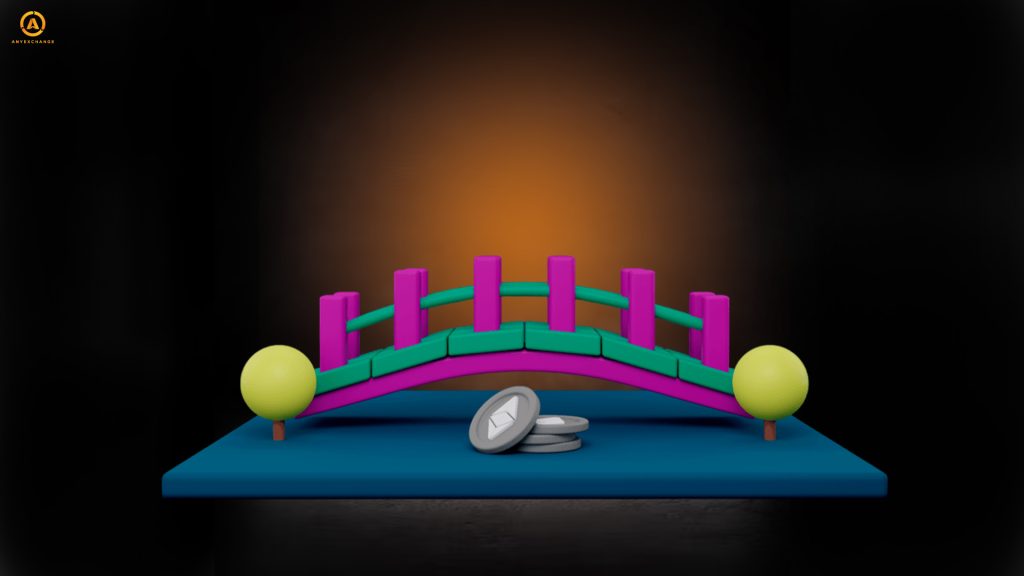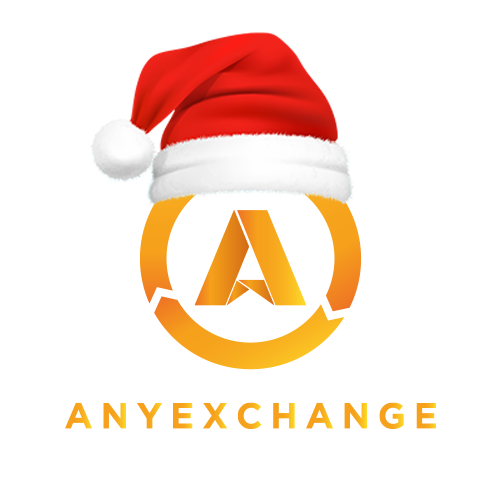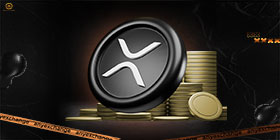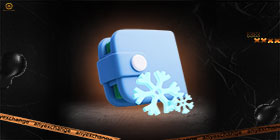
The disparate and insufficiently efficient interoperability of different blockchains is one of the problems that need to be addressed in the decentralized systems market. Blockchain technology is still in its development phase, and the architecture of each new network includes some innovative features. Most blockchains are built using different code bases and standards and may not be naturally interoperable. Typically, each individual network, regardless of its functionality, is designed to conduct transactions only within its own systеm, without going outside.
The concept of interoperability
The term “interoperability” as applied to decentralized systems refers to interoperability that enables seamless interaction between blockchains to exchange data and assets quickly and securely.
Effective interoperability is becoming an increasingly pressing issue in the global digital landscape as it seeks to become more decentralized in its evolution. Interoperability aims to bring together disparate and isolated blockchain ecosystems to create a more productive, unified digital environment. Interoperability improves the user experience by creating the ability to interact with more than one network, while increasing liquidity and productivity across the blockchain sector.
Cross-chain exchange solutions
Cross-chain solutions, or interoperability solutions, are designed to streamline blockchain collaboration and open up new opportunities for traders and investors. Interoperability can be achieved in a number of ways. Let’s take a closer look at some of them.
Cross-chain bridges

These solutions are decentralized protocols for moving assets between different blockchains. Cross-chain bridges can interact with tokens of various standards and can be used between first- and second-layer solutions. With their help, owners of one cryptocurrency can transfer their assets into coins of another blockchain without performing a buy/sell transaction and paying commissions to intermediaries. Blockchain bridges can be either one-way or two-way, depending on the need to transfer assets in one or both directions (to and from the destination blockchain).
Cross-network bridges also help increase liquidity on the blockchain, as they provide direct access to decentralized financial services (DeFi) with all its benefits. However, cross-chain asset management carries some security risks (there have been precedents of hacking and theft of funds using cross-chain bridges).
Cross-chain token swap

Token swaps are transactions to exchange (swap) tokens from different blockchains using a special smart contract (agreement) according to predetermined and known rules. In this case, the tokens of the swap transaction are exchanged for tokens of another network without conversion, but in a predetermined amount specified in the agreement. This type of transaction is also known as an “atomic swap” (indivisible swap) because the exchange will only be completed if the parties fulfill all points of the smart contract without exception within the time period specified in the smart contract. This feature of cross-chain technology minimizes counterparty risks in transactions.
Other cross-chain interoperability solutions inсlude:
Applicability of cross-chain solutions
To date, blockchain interoperability has mainly been used for the following tasks:
Benefits of interoperability
Challenges in cross-chain technology
A major challenge for the industry is ensuring security in interoperable networks. Cross-chain solutions deal with a wide variety of ecosystems that differ in architecture, consensus requirements, programming languages, and cryptographic security methods. This heterogeneity requires an integrated approach and sophisticated mechanisms to ensure secure interoperability and data immutability during cross-chain interactions. Complex systems are inherently more vulnerable than they are open to certain opportunities for fraudulent activities.
Last year, for example, the AllBridge cross-chain network was hacked, resulting in the theft of more than $500,000 in assets through swap price manipulation. According to the network’s founders, the attack occurred due to a mathematical error in the formula for calculating liquidity and public disclosure of information about a smart contract’s code base. Earlier this year, we witnessed an even more high-profile case of fraud: attackers managed to withdraw cryptocurrencies of various types worth more than $80 billion from the Orbit Bridge cross-chain bridge.
The cross chain sector is also plagued by large-scale money laundering: according to a report by analyst firm Elliptic, a record $7 billion in illicit funds were laundered through cross chain transactions in 2023 (double the amount of the previous year).
As such, there is a clear need for the industry to find robust interoperability standards that can ensure the integrity and security of shared data across the entire cross-chain interoperability chain.
In addition, regulatory uncertainty due to the lack of clear legal rules in different jurisdictions, a traditional issue for the entire decentralized systems market, is hindering the wider adoption of interoperability solutions.
Blockchain interoperability outlook and future
Breaking down barriers in blockchain interoperability is a natural and logical step in the development of the decentralized technology industry. Initially, the blockchains being created existed autonomously, and developers were more concerned with developing the internal infrastructure than with potential future connectivity with other networks. As the number of projects has grown, the issue of interoperability has become more pressing, and the blockchains being created today are striving to incorporate the ability to continue to effectively coexist with other systems. This fragmentation and lack of flexibility limits the overall efficiency of the industry and negatively impacts the user experience. And complete, flexible, and secure connections between blockchains will drive the development and widespread adoption of decentralized technologies.
So blockchain interoperability has a lot of promise and a bright future. In the coming years, we will see the rules of the game change in the interaction of decentralized systems and the birth of reliable yet universal cross-chain solutions.
Thank you for reading.
AnyExchange is an international exchanger specializing in cryptocurrency conversion. On our platform, you can exchange popular digital assets at the most favorable exchange rate . We have partner relations with the most popular payment systems, we make payments with bank cards and cash in all cities where the service is present. With the help of our site you can make money transfers all over the world.
Make fast, safe and profitable financial transactions with us!





